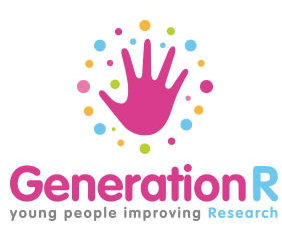Detectives in the classroom
< Back to search results- Format Lessons
- Language/s English
- Target Audience Schools
- EBM Stage 0 - Why EBM?
- Duration >15 mins
- Difficulty Intermediate
Key Concepts addressed
- 2-1a Comparison groups should be similar
- 2-1d People should not know which treatment they get
- 2-2a Reviews of fair comparisons should be systematic
- 1-2c Association is not the same as causation
- 1-2e Comparisons are needed to identify treatment effects
- 1-2f Consider all of the relevant fair comparisons
- 2-3d Fair comparisons with few people or outcome events can be misleading
Details
The Epidemiology Education Movement, a grass roots effort to integrate epidemiology and other public health science into elementary and secondary schools, is based on two main ideas:
- If we define education as something that prepares people to live in their world, it should include giving people tools with which to make informed lifestyle and societal decisions that affect their health.
- If people with common interests in grade 6-12 epidemiology education are aware of each other’s activities, we will progress more quickly to critical mass and significant change.
To bring together common efforts to this end, we have created this website as a communications venue for teachers, public health professionals and organizations involved in the Movement. The goals include:
- Infusing epidemiology into curricula in grades 6-12;
- Increasing students’ scientific literacy; and
- Increasing the number of students considering careers in public health.
You may also like

eYPAGnet Training Resources
Learning resources that will be helpful for training young people how to be active participants in research. Created for the European YPAG (Young Persons Advisory Groups) Network, www.eypagnet.eu/

Discussion
0 Comments